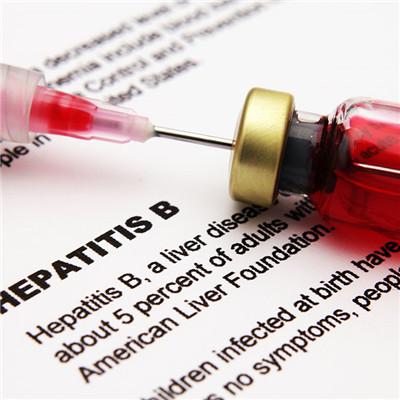Patent ductus arteriosus in baby?
summary
Patent ductus arteriosus (PDA) is a pathological state in which the ductus arteriosus remains open after birth. PDA is evolved from the distal end of the sixth pair of bronchial artery arch. During fetal circulation, it directs most of the right ventricular blood flow into the pulmonary artery to the descending aorta for oxygenation. After birth, PDA can exist as an independent lesion, It can also coexist with other cardiovascular malformations, and the symptoms vary with the severity of the disease. Mild patients have no symptoms, severe patients have fatigue, palpitations after fatigue, asthma, chest tightness, cough, hemoptysis, etc. Now I will introduce the symptoms of patent ductus arteriosus
Patent ductus arteriosus in baby?
In infants or older children, the smaller patent ductus arteriosus may not cause any symptoms. It is only when the heart murmur is accidentally found in routine physical examination that attention is paid to, and the growth and development are not affected. The characteristic continuous murmur can be heard on the left upper sternum or under the left clavicle. The clinical manifestation of small patent ductus may only be soft ejection murmur limited to systole.

Infants with medium or large ductus arteriosus have difficulties in feeding, sweating, shortness of breath during sucking, slow weight gain and lower body length than normal infants. There are signs of respiratory system such as shortness of breath and intercostal depression. Due to the increase of pulse pressure, the pulse of peripheral blood vessels can be enhanced in infants, while the pulse is weakened in older infants.

Patent ductus arteriosus (PDA) is a pathological state in which the ductus arteriosus remains open after birth. PDA is evolved from the distal end of the sixth pair of bronchial artery arch. During fetal circulation, it directs most of the right ventricular blood flow into the pulmonary artery to the descending aorta for oxygenation

matters needing attention
After birth, patent ductus arteriosus can exist as an independent lesion or coexist with other cardiovascular malformations. The symptoms vary with the severity of the lesion. Mild patients have no symptoms, severe patients will have fatigue, palpitations after fatigue, asthma, chest tightness, cough, hemoptysis and other symptoms.














